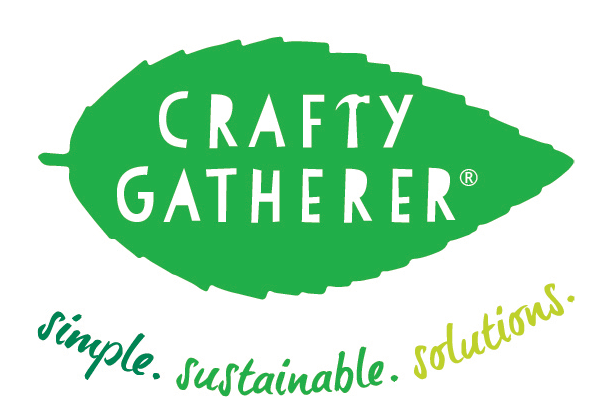Bountiful benefits of biochar
We believe that how we grow our food is going to be part of how we heal and regenerate our beautiful atmosphere and earth. So there are obviously many ways to do this, and we all need to do our part in our own way, with our own passions and skills; for us improving and building soil is a big way we can help and one of the ways we improve and remediate our soil is through biochar.
Biochar is essentially charcoal, but not like the charcoal you buy. It is an age-old method of increasing soil health.
Biochar can be made from any biomass you have lying around such as wood chips or twigs, bones, dried manure, nut shells etc. It is produced through pyrolosis – which is the burning of the wood in an oxygen limited environment so that the liquids and gases are released during pyrolosis and then leave mostly carbon behind. This remaining carbon is what we call biochar.
Biochar is great for improving soil structure, it is extremely porous, it is like a sponge and has a large surface area making it a great home for beneficial microbes to thrive and multiply. The surface area is so large that 1gram of biochar can have roughly 25metres of surface area! Because of its large surface area it can attract and hold nutrients and water and prevent them leaching from the soil, meaning in time less watering and fertilising.
Biochar needs to be inoculated or charged, so that it can start its work straight away. This can be charged through soaking it in compost tea or peeing in it (Marco's favourite) it can then be added straight to the soil or into your compost.
Biochar remains in the soil intact for hundreds of years, so can permanently change a soil’s structure, improving aeration of compacted soils or increasing the water-holding capacity of sandy soils! Biochar has a negatively charged surface area which is able to bind to positively charged ions, there are many benefits of this including; helping to raise the pH of the soil, binding of nutrients that otherwise might leach from the soil (e.g. nitrogen, potassium, calcium - all of which are positively charged and so bind to biochar), and also biochar is able to bind to heavy metals potentially found in urban soils preventing the plant and soil taking these metals on .
And because biochar is carbon-negative, meaning it is able to capture and store Co2 - what a great way to do our part for climate change by helping to store carbon in the soil!
Why do we want to store soil carbon anyway? Why is this so important?
Carbon is basically what came before us, everything that has been (plant and animals) and has now died and gone back into the soil. Our world’s soils holds around twice the amount of carbon than in our atmosphere. When carbon is released into the environment it creates an overabundance of greenhouse gases that trap additional heat in our atmosphere causing it to warm up (i.e. climate change). Through our industrialised way of living we have lost so much of the carbon that was stored in the soil and now released into the atmosphere.
Carbon is the basis of soil fertility, health and structure and it releases nutrients for plant growth. So as we search for ways to keep carbon in our soil and out of the atmosphere, biochar may be part of the answer. And it may be part of the answer for your journey and finding small ways to help.
So how can you make biochar for yourself?
There are many different ways you can do this, we have experimented with making burners from old gas bottles, milo cans and stainless steel tubes. Through this process and realising the bountiful benefits of biochar we have decided to create a biochar burner for the home garden which is in our shop here.
Because biochar is made from burning material - we think it is really important that their is multi-use of the energy, instead of just burning to make biochar. That is why our home-gardener biochar burner is great because it goes in your fireplace or brazier - so using energy that was already being made to create heat. With the gas bottle biochar burners (like the ones Marco has made in the photo below) you can add a simple frame over the heat source, so you could be boiling some water, or heating some food on a pot.
If you want to learn more about biochar and make your own or have a play, here are a few links below:
Great video explaining what biochar is https://www.youtube.com/watch?v=arTAwCNAaFA
Different biochar burners you could make while also stacking energy functions:
https://www.milkwood.net/2013/03/11/making-biochar-first-stove-build/
https://permaculturepeopleuk.tumblr.com/post/102266926058/biochared


